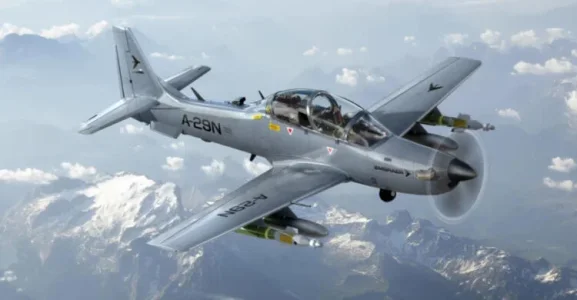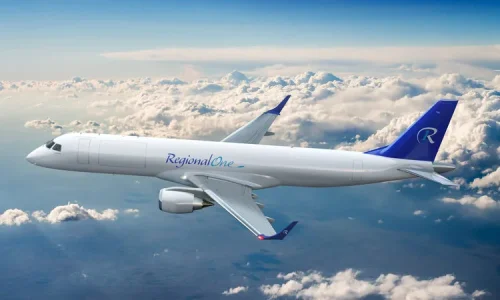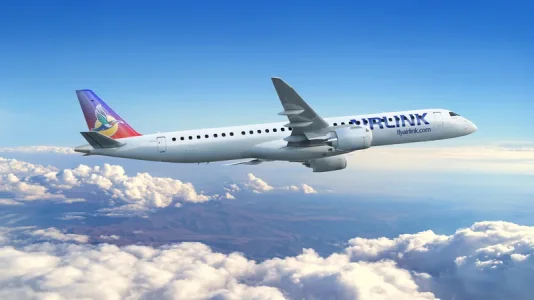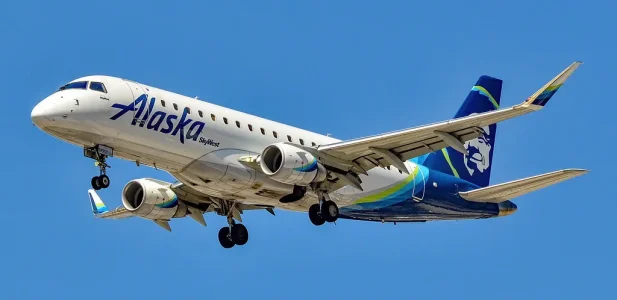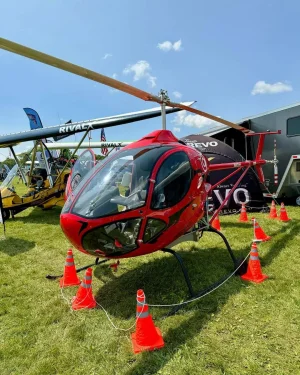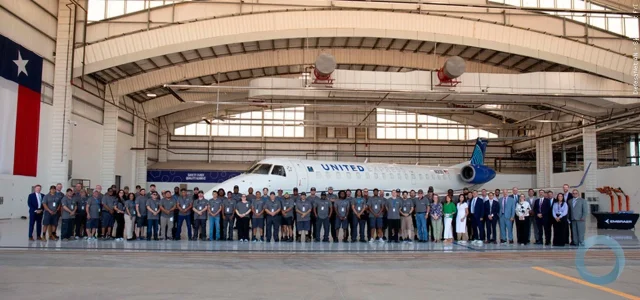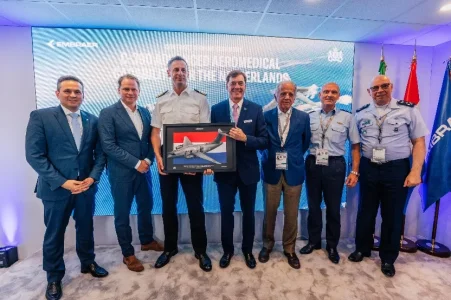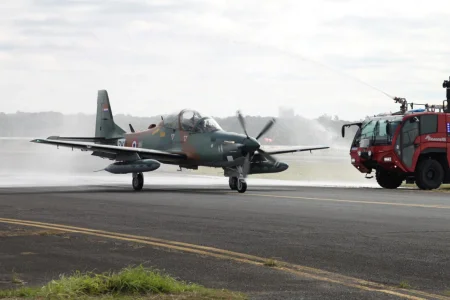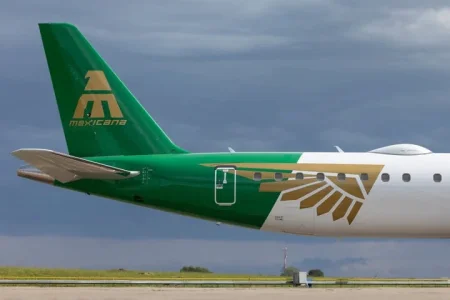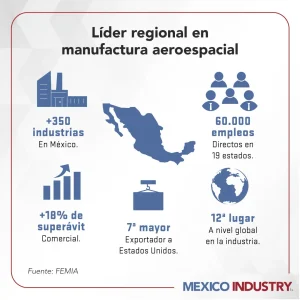- Joined
- Jul 3, 2024
- Messages
- 1,713
- Likes
- 2,290
As part of the development of the new Pillán II training aircraft, the Chilean Air Force took a key step in the training of specialized personnel with the completion, by one of its future test pilots, of the course taught by the International Test Pilot School (ITPS) in Canada.
Captain (A) Paris Villavecchia, a recent graduate of the program, will participate in the testing, certification, and validation phase of the new basic trainer being developed by ENAER, with the goal of upgrading the training capabilities of the Chilean Air Force. Villavecchia graduated on May 28 in London, Ontario, after five months of theoretical and practical training that included topics such as performance, stability, avionics, aircraft certification, and flight control mechanics.
During the practical phase, he flew ten types of aircraft, including the Aero L-29 Delfín and L-39 Albatros jets, the T.7A Hawker Hunter fighter, as well as the Sukhoi-29 aerobatic aircraft and advanced simulators for the Boeing 737-800 NG and Boeing 787. Regarding this, he stated, "It was a very professional, very demanding course. Without a doubt, one of the most challenging courses I have ever faced," also highlighting the caliber of the international instructors and the collaborative environment with test pilots from companies such as Airbus, Gulfstream, and Honda.
The Chilean officer's participation is directly linked to the Pillán II Project, a strategic initiative promoted by ENAER (National Aeronautical Commission for Chilean Air Force) that seeks to replace the veteran T-35 Pillán aircraft, incorporated into the FACh since 1985, with a new primary training aircraft with cutting-edge technology. The new trainer will feature a larger fuselage, redesigned domestically manufactured wings, a new engine, and a modern full-glass digital cockpit equipped with multifunction displays and a Head-Up Display (HUD). The project also includes a comprehensive training ecosystem that includes mixed reality simulators, planning stations, debriefing systems, and logistics and maintenance support platforms.
During FIDAE 2024, Alberto Alfaro, ENAER's press officer, explained in an interview with Zona Militar: "The simulator is a mixed reality simulator, where the pilot, in a small area, puts on his virtual reality headset and views a virtual outside world... but when he looks at the cockpit and touches it, it's real. Even when he performs a maneuver, it's synaptic; he feels the flight resistance, therefore, creating a highly immersive experience in the simulator that saves flight hours."
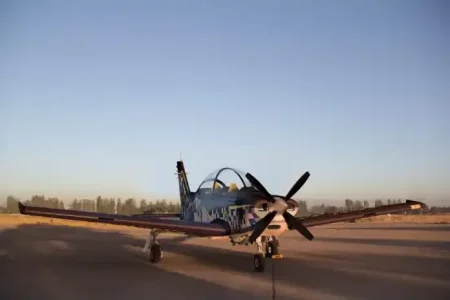
With a planned investment of $142 million to be executed over eight years, the program will position ENAER among the few countries capable of developing and manufacturing its own military trainer. At the end of 2024, the Chilean company announced the completion of the first structural piece of the Pillán II, marking a key milestone in the project's progress.

 www.zona-militar.com
www.zona-militar.com
Captain (A) Paris Villavecchia, a recent graduate of the program, will participate in the testing, certification, and validation phase of the new basic trainer being developed by ENAER, with the goal of upgrading the training capabilities of the Chilean Air Force. Villavecchia graduated on May 28 in London, Ontario, after five months of theoretical and practical training that included topics such as performance, stability, avionics, aircraft certification, and flight control mechanics.
During the practical phase, he flew ten types of aircraft, including the Aero L-29 Delfín and L-39 Albatros jets, the T.7A Hawker Hunter fighter, as well as the Sukhoi-29 aerobatic aircraft and advanced simulators for the Boeing 737-800 NG and Boeing 787. Regarding this, he stated, "It was a very professional, very demanding course. Without a doubt, one of the most challenging courses I have ever faced," also highlighting the caliber of the international instructors and the collaborative environment with test pilots from companies such as Airbus, Gulfstream, and Honda.
The Chilean officer's participation is directly linked to the Pillán II Project, a strategic initiative promoted by ENAER (National Aeronautical Commission for Chilean Air Force) that seeks to replace the veteran T-35 Pillán aircraft, incorporated into the FACh since 1985, with a new primary training aircraft with cutting-edge technology. The new trainer will feature a larger fuselage, redesigned domestically manufactured wings, a new engine, and a modern full-glass digital cockpit equipped with multifunction displays and a Head-Up Display (HUD). The project also includes a comprehensive training ecosystem that includes mixed reality simulators, planning stations, debriefing systems, and logistics and maintenance support platforms.
During FIDAE 2024, Alberto Alfaro, ENAER's press officer, explained in an interview with Zona Militar: "The simulator is a mixed reality simulator, where the pilot, in a small area, puts on his virtual reality headset and views a virtual outside world... but when he looks at the cockpit and touches it, it's real. Even when he performs a maneuver, it's synaptic; he feels the flight resistance, therefore, creating a highly immersive experience in the simulator that saves flight hours."

With a planned investment of $142 million to be executed over eight years, the program will position ENAER among the few countries capable of developing and manufacturing its own military trainer. At the end of 2024, the Chilean company announced the completion of the first structural piece of the Pillán II, marking a key milestone in the project's progress.

Uno de los futuros pilotos de pruebas del Pillán II de la Fuerza Aérea de Chile completó el importante curso ITPS en Canadá
En el marco del desarrollo del nuevo avión de entrenamiento Pillán II, la Fuerza Aérea de Chile dio un paso clave en la formación de personal







